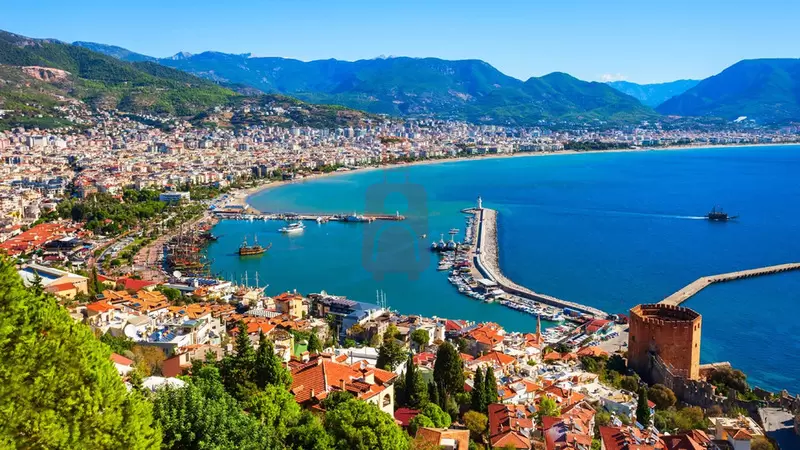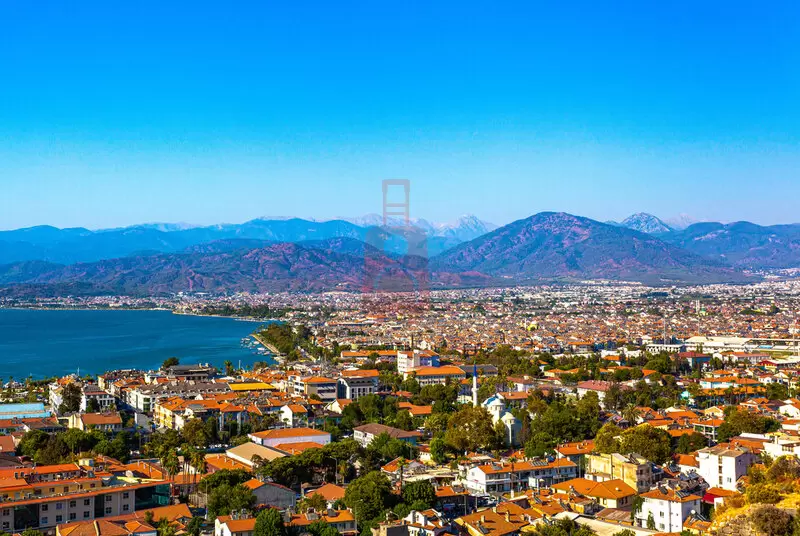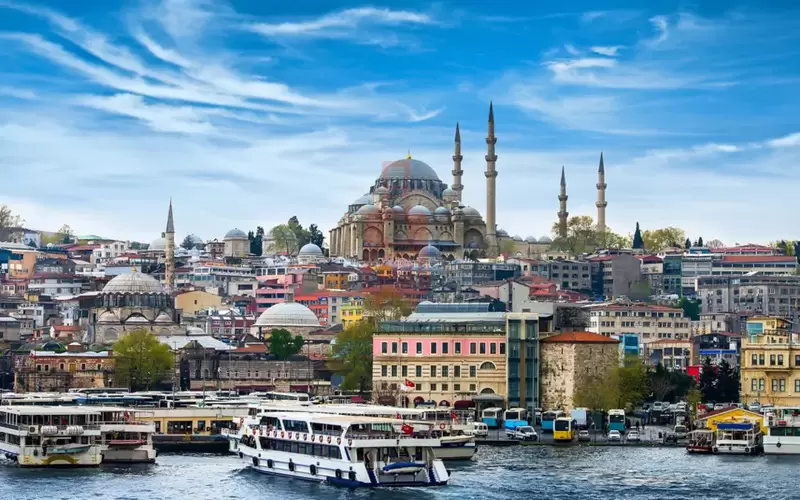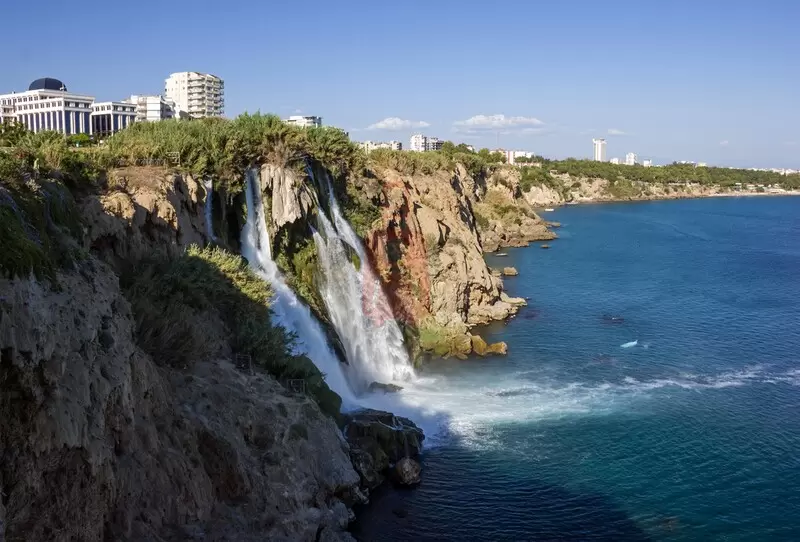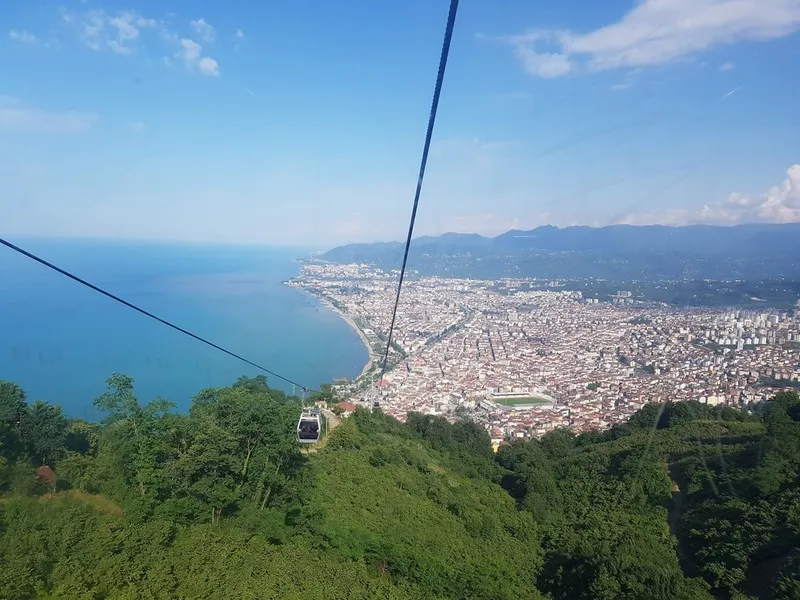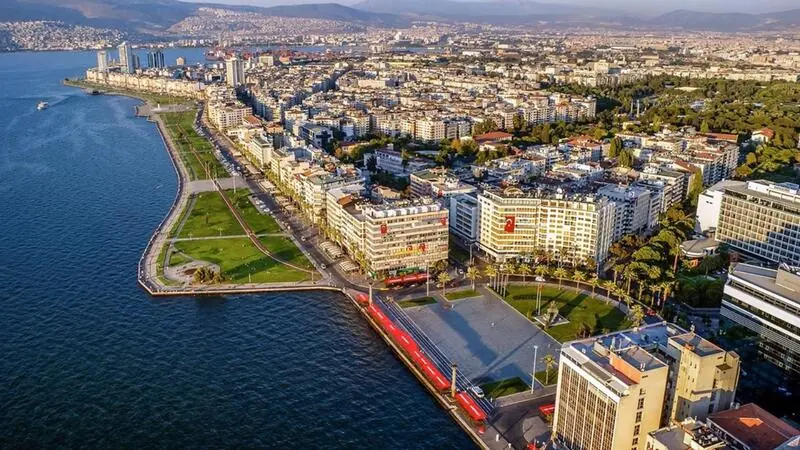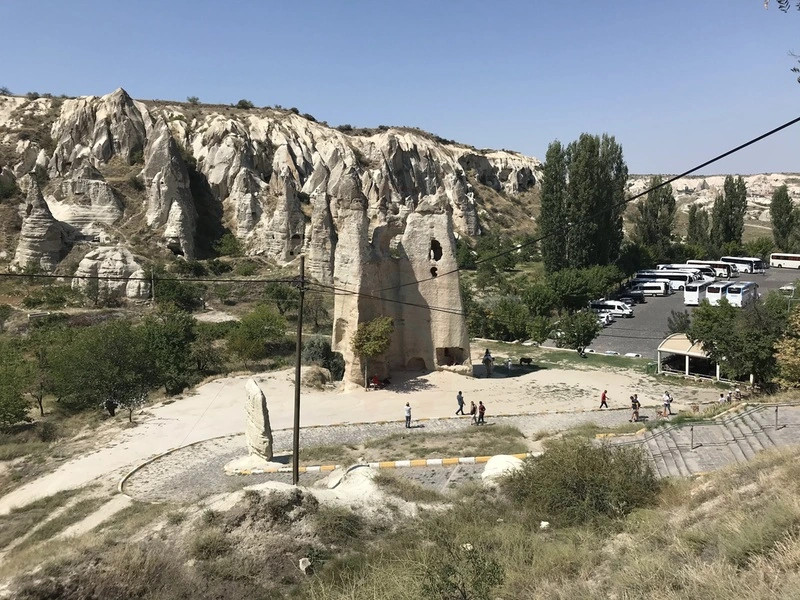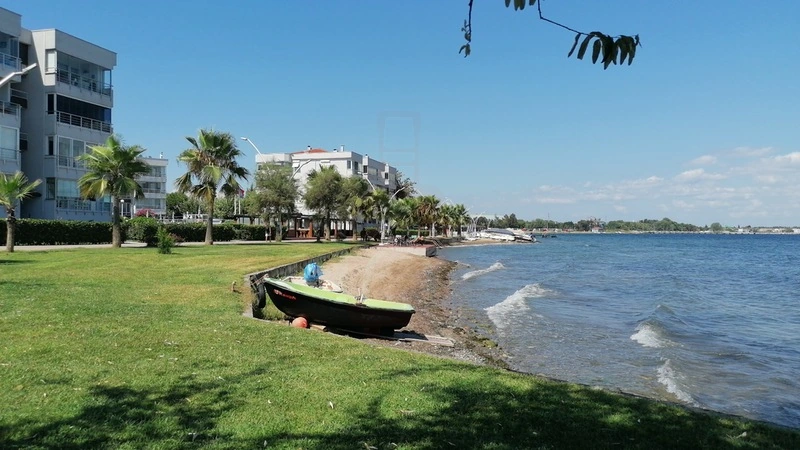
Wine Tours in Türkiye: A Journey to the Ancient Homeland of the Grape
Türkiye (Anatolia) is not merely a modern wine region; it is recognized by historians and archaeologists as one of the original birthplaces of viticulture, with evidence of winemaking dating back nearly [10,000 years]. A [Wine Tour] here is a rich, experiential journey that connects the deep, volcanic terroir of Central Anatolia with the sophisticated, modern production methods of the Aegean and Thracian coasts. Travelers embarking on a wine route in Türkiye discover not only exceptional, award-winning wines but also dozens of indigenous grape varietals found nowhere else on earth.
As your professional guide, I highlight that Türkiye's wine tourism is best organized around three distinct geographical routes, each offering unique flavors, climates, and accommodation options, often available directly at scenic [Bağ Evleri] (Vineyard Houses). The ideal time to visit is during the [Bağbozumu] (Grape Harvest) in late summer and early autumn (August to October).
I. The Thracian Wine Route (Trakya Bağ Rotası): Proximity and Purity
The Thracian Peninsula, easily accessible from [Istanbul], is the region that pioneered the modern [Wine Route] concept in Türkiye. Its climate, influenced by the Black Sea and the Mediterranean, is ideal for producing high-quality French varietals alongside native grapes.
Key Destinations and Wineries
The route primarily covers the provinces of [Tekirdağ], [Kırklareli], and [Edirne], offering a high concentration of boutique producers within a short driving distance.
- Tekirdağ and Şarköy: This area is famous for producers focused on organic and high-quality production. Wineries like [Barbare Bağları], [Umurbey Bağları], and [Chateau Nuzun] (Türkiye's first certified organic vineyard) offer comprehensive tasting menus and cellar tours.
- Kırklareli: Known for wineries like [Vino Dessera] and [Arcadia Bağları]. These estates often include beautiful [Vineyard Hotels] that encourage multi-day stays, allowing guests to participate in harvesting activities during the bağbozumu season.
- Gelibolu Peninsula: The vineyards here, such as [Suvla] and [Porta Caeli], blend the historical context of the [Gallipoli Peninsula] with sophisticated production, offering unique experiences that combine war history tours with fine wine tasting.
Signature Thracian Varietals
The region is excellent for international grapes like [Cabernet Sauvignon] and [Merlot], but look for the native [Papazkarası] (known for its light, fruity reds) and [Yapıncak] (a crisp, aromatic white).
II. The Aegean Route: Olive Oil, Ancient Terroir, and Sophistication
The Aegean coast, with its classical history and Mediterranean diet heritage, is the largest area of grape cultivation in Türkiye. Its wine route is famed for its olive groves, ancient ruins, and innovative boutique producers.
Urla: The Renaissance of the Grape
The [Urla Wine Route] (near [İzmir]) is at the forefront of Türkiye's wine renaissance. This region, where the ancient Greek city of [Klazomenai] once stood, has seen significant investment in restoring its historical winemaking prestige.
- Boutique Focus: Producers like [Urla Şarapçılık], [USCA], and [Urlice Şarapları] emphasize quality over quantity, offering elegant blends and pure expressions of the local terroir.
- Accommodation: Many vineyards, such as [Urla Bağevi Vineyard Hotel], offer accommodation and gourmet restaurants, creating a complete [Gastronomic Experience] centered around the wine and local Eagean cuisine.
Bozcaada: The Island Sanctuary
[Bozcaada] (Tenedos) is an essential stop for wine lovers. The island's strong, reliable winds and unique soil produce distinctive grapes.
- Island Producers: Historic houses like [Talay Bağları] and modern innovators like [Corvus Şarapları] offer tasting rooms directly in the charming town center. The island’s unique atmosphere and quiet, well-preserved Greek and Turkish architecture make the tasting experience highly romantic.
- Local Grapes: You must sample the native island varieties: [Karasakız] (Kuntra), which makes flavorful reds and rosés, and [Vasilaki] (a structured white).
Denizli and Datça: Southern Flavors
Further south, the vineyards of [Denizli] (near Pamukkale) and the remote [Datça Peninsula] offer exciting local flavors. [Denizli] is known for the [Çalkarası] grape, often used for refreshing rosés, while [Datça] offers small, isolated vineyards that thrive on the peninsula's clean air and maritime climate.
III. Central and Eastern Anatolia: Volcanic Soils and Ancient Varieties
These regions showcase wines crafted from Türkiye's oldest indigenous grapes, influenced by extreme continental climates and mineral-rich volcanic soils.
Kapadokya: The Mineral White Wine
[Kapadokya]'s volcanic tuff soil adds a unique minerality to its wines. The region is famed for its white grape:
- The Emir Grape: The crisp, high-acidity [Emir] grape is indigenous to this area and produces highly distinctive, mineral-driven dry white wines, perfect for pairing with local Anatolian cheeses.
- Wineries: Producers like [Turasan Şarapları] (the region's oldest) and [Kocabağ Şarapçılık] offer tasting sessions in their [Rock-Cut Underground Cellars], providing a historical atmosphere that enhances the tasting experience.
Elazığ and Ankara: The Red Divas
Eastern Türkiye is the home of powerful, dark-skinned red grapes, often blended for complexity.
- Elazığ: The region is the birthplace of [Öküzgözü] (Bull's Eye), a highly fruity, deeply colored grape. It is often blended with the tannic, earthy [Boğazkere] (Throat Scratcher) from [Diyarbakır] to produce some of Türkiye's most iconic red blends.
- Ankara/Kalecik: The [Kalecik Karası] grape, known for its elegant, light-bodied, cherry-flavored reds, originated in this region ([Kalecik] district of [Ankara]). Visiting the local vineyards here offers a refined look at Turkish red wine excellence.
IV. Planning the Ultimate Tasting Trip
The best time for a wine tour is during the [Harvest Season] (Bağbozumu), which generally runs from [late August through October], depending on the region and altitude. This period allows visitors to witness the harvest, crushing, and fermentation processes firsthand.
- Reservations: Many boutique wineries, especially in [Urla] and [Bozcaada], require advance reservations for tours and tastings.
- Transportation: A self-guided [Road Trip] is the most flexible way to visit the scattered Thracian and Aegean vineyards, allowing for personalized stops at small, family-run producers.
